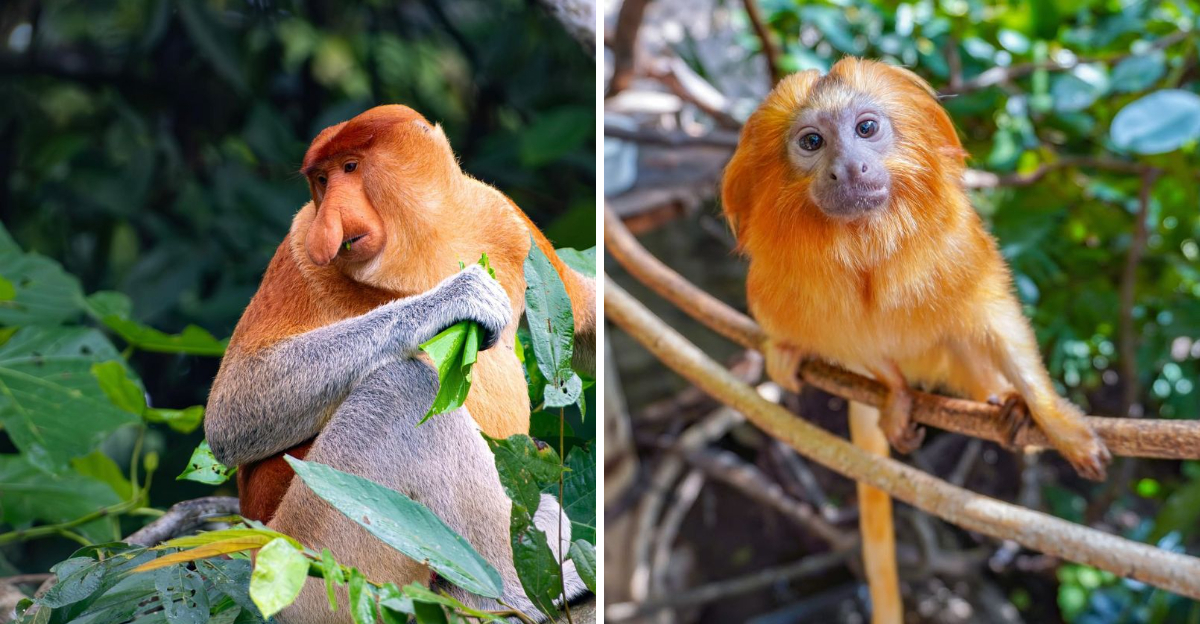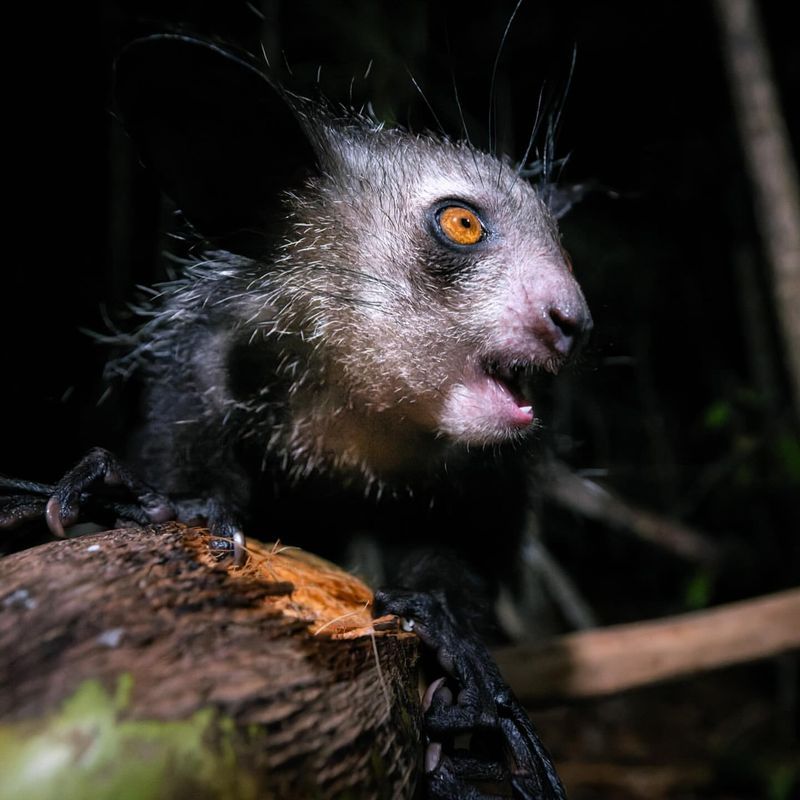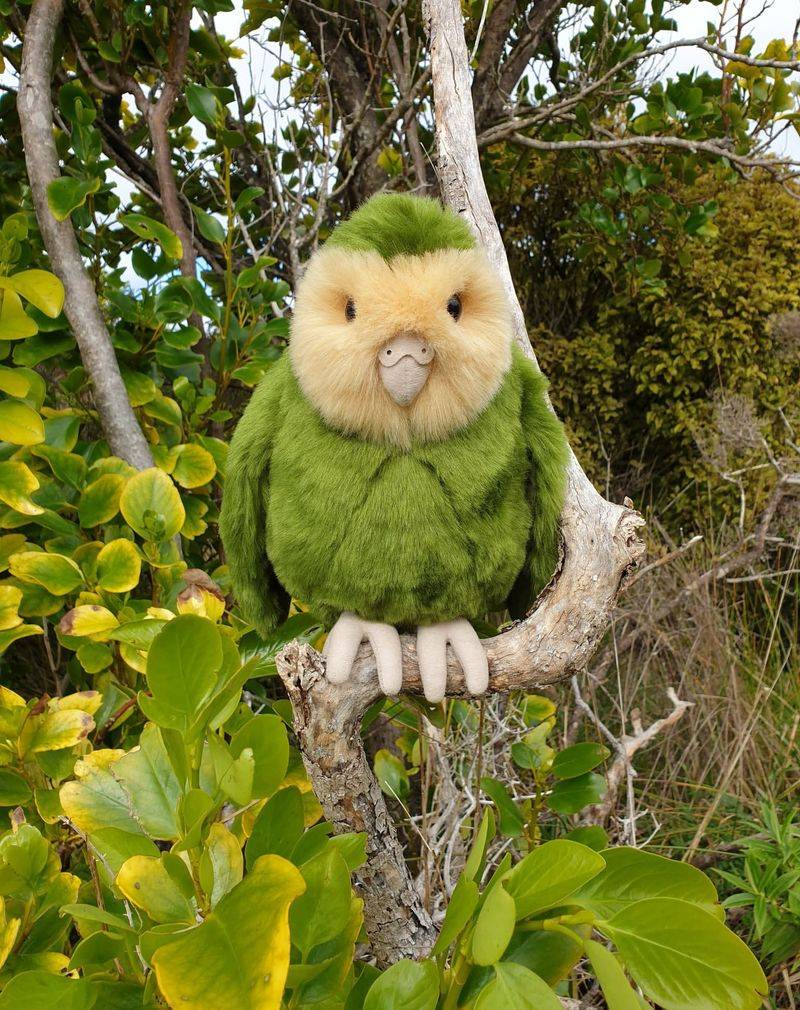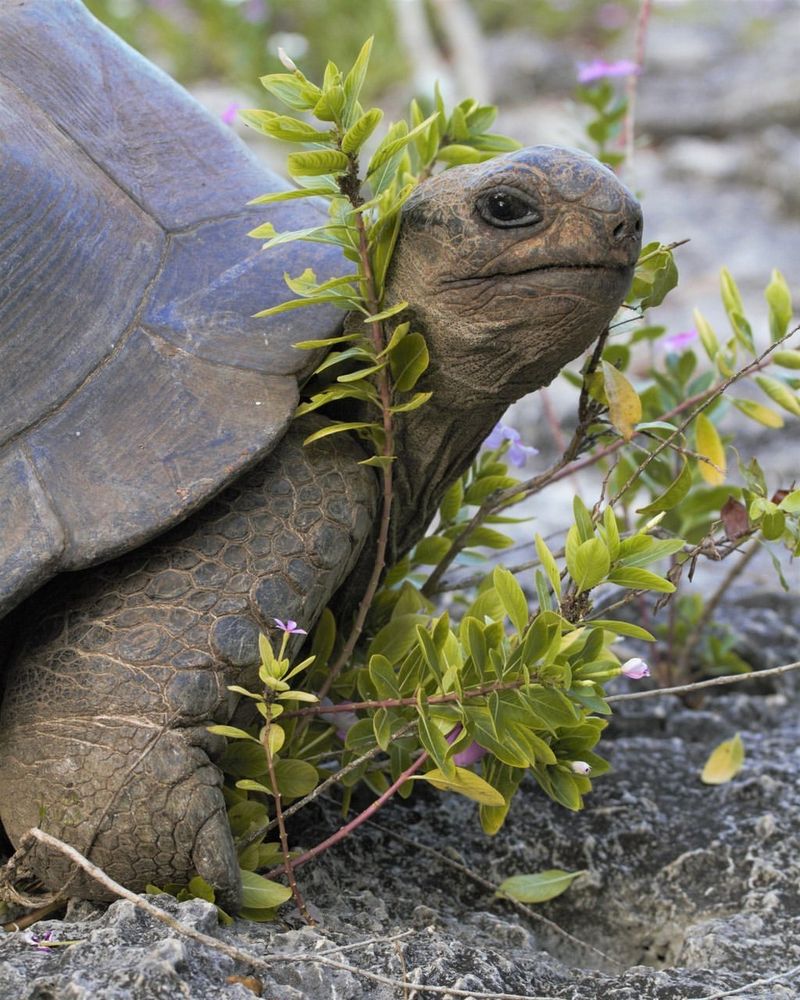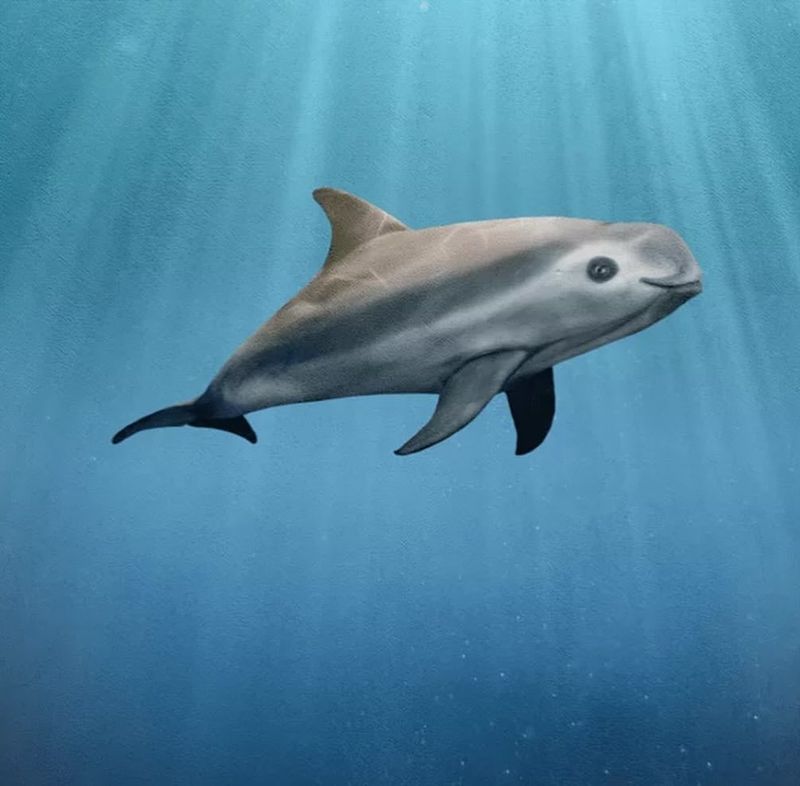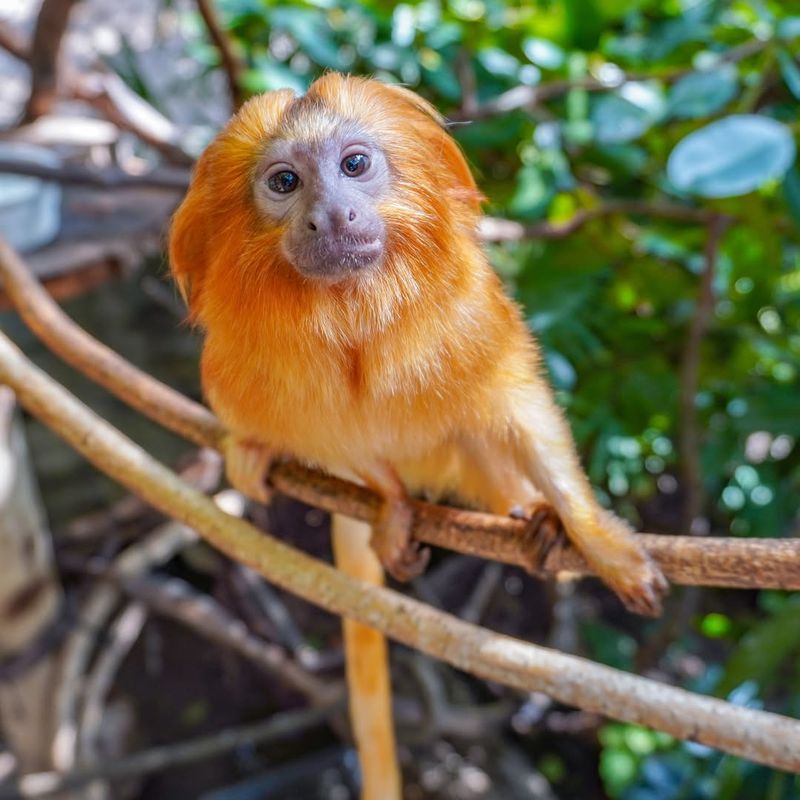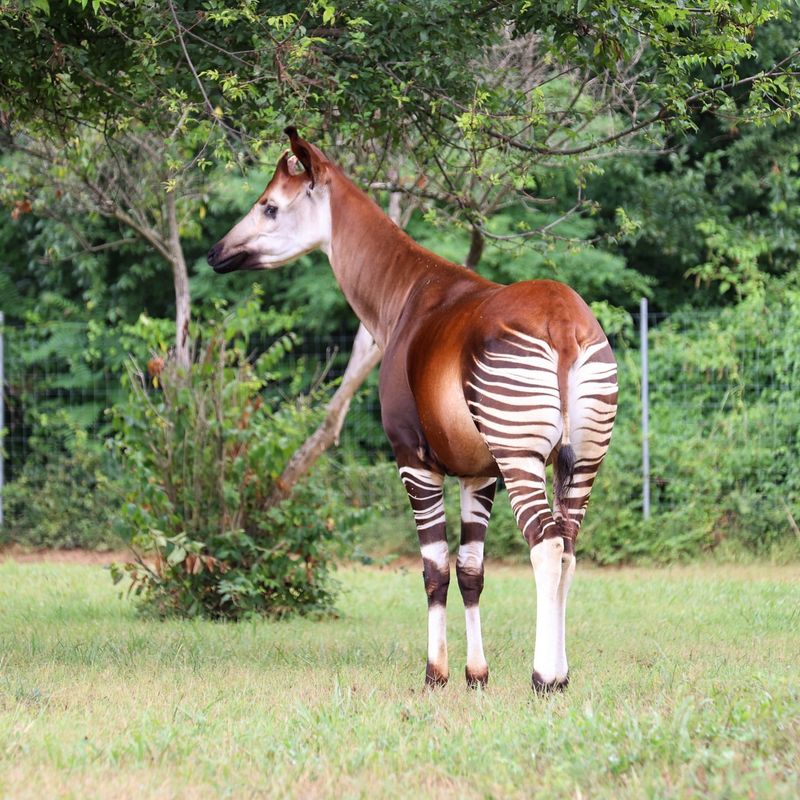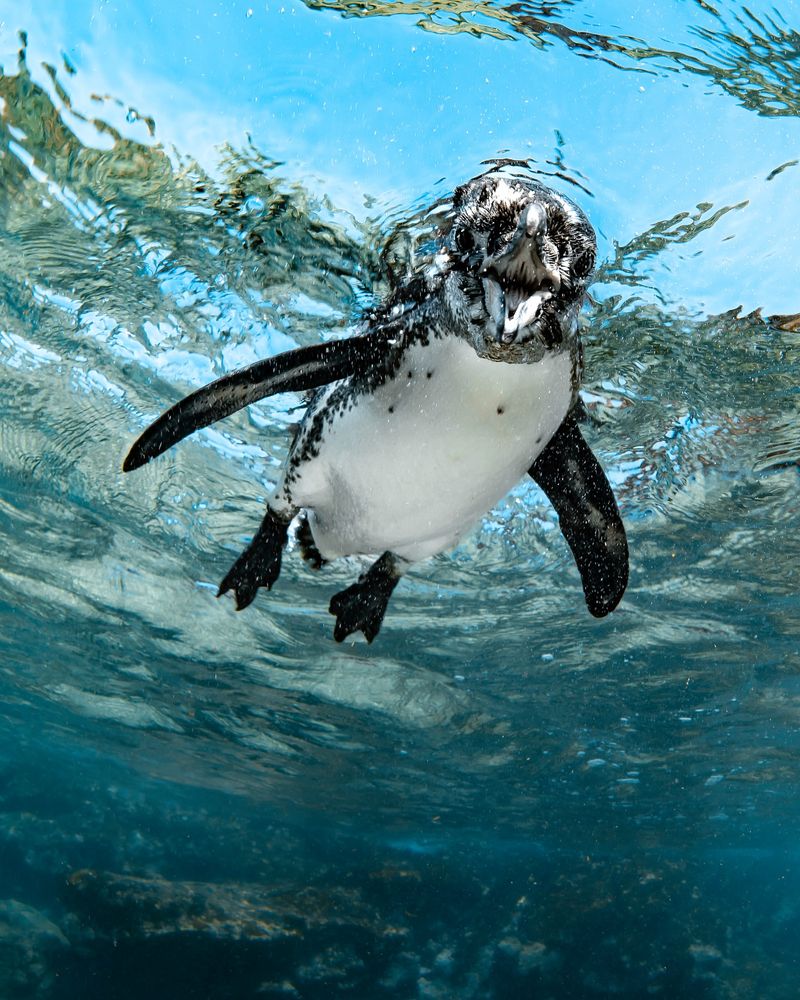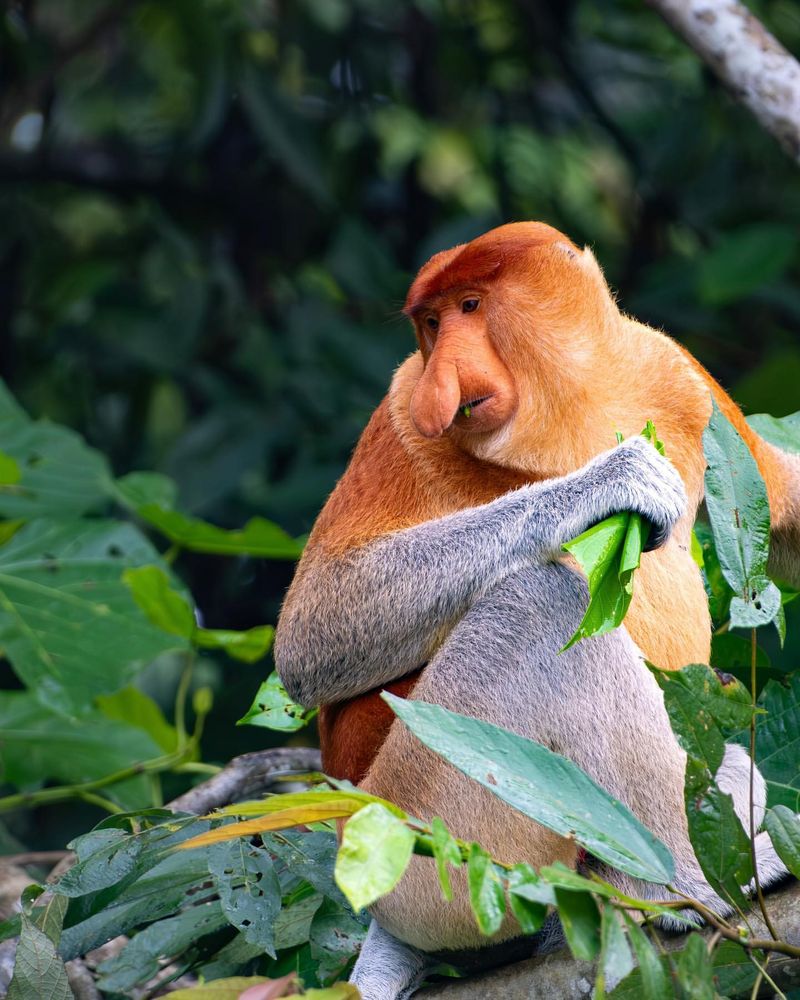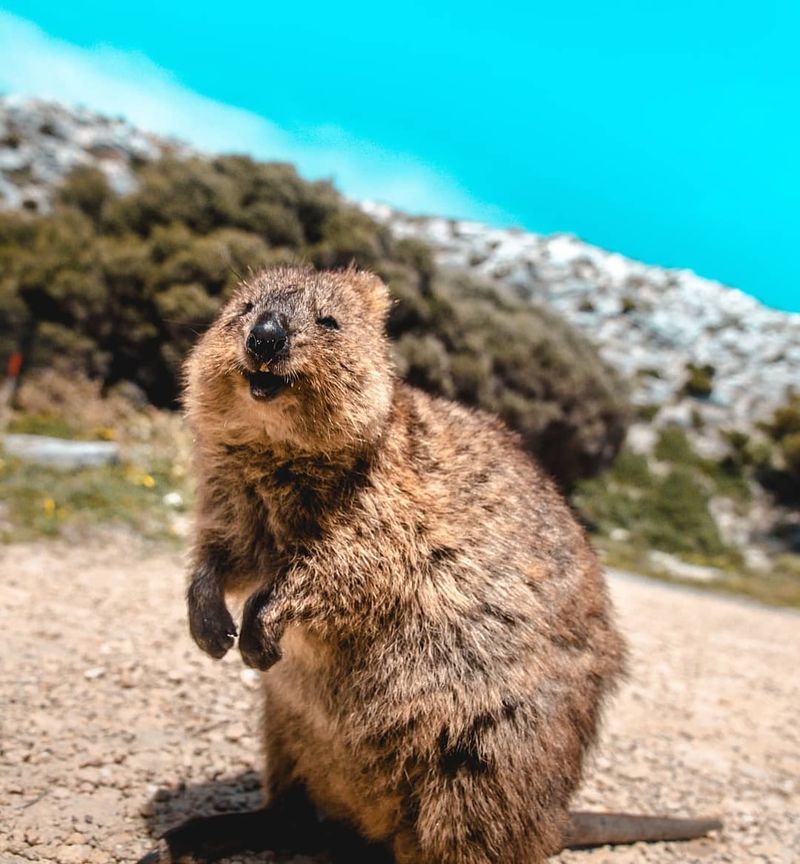📖 Table of Content:
Exploring the world’s rarest species reveals the incredible diversity of life that exists in isolated corners of the planet. These unique creatures are confined to specific geographical locations, where they’ve adapted to their environments in remarkable ways. Their existence underscores the delicate balance between wildlife and the ecosystems they call home.
Each species on this list is a testament to the power of evolution, having evolved in complete isolation in remote regions of the world. Whether on isolated islands or in hidden mountain ranges, these animals have developed traits that make them perfectly suited to their unique habitats. Their rarity makes them all the more fascinating, offering a glimpse into the planet’s natural wonders.
Join us as we journey to discover 10 of the most extraordinary species that can only be found in their native environments. From vibrant creatures in the depths of rainforests to elusive animals living in harsh, isolated landscapes, these species will amaze and inspire. Let’s dive into their captivating worlds and uncover what makes them truly one-of-a-kind.
1. Aye-aye
The aye-aye, a unique lemur native to Madagascar, is unlike any other primate. With its large eyes and unusual elongated fingers, it has adapted perfectly to its nocturnal lifestyle. The creature taps on trees to find insects, using its specialized middle finger to extract prey.
In Madagascar’s dense forests, the aye-aye plays a crucial role in controlling insect populations. Despite its importance, habitat destruction threatens its existence. Conservation efforts focus on protecting its natural habitat. Spotting an aye-aye in the wild is a surreal experience, a chance to witness nature’s adaptability and creativity.
2. Kakapo
Endemic to New Zealand, the kakapo is a flightless parrot known for its distinct owl-like face and robust build. Once abundant, it now faces extinction due to habitat loss and introduced predators. These nocturnal birds have a unique mating call, a low booming sound that resonates through the forests. Conservation programs have been instrumental in their recovery, focusing on predator-free islands.
The kakapo’s story is one of resilience, a testament to the dedication of conservationists. Observing this rare bird offers insight into New Zealand’s rich ecological history.
3. Saiga Antelope
Roaming the steppes of Central Asia, the saiga antelope is known for its peculiar large, bulbous nose. This unique adaptation helps it filter dust and regulate temperature. Its distinctive features make it one of the most fascinating creatures in the region. Once widespread, the saiga’s numbers have dwindled due to poaching and habitat loss.
People are working tirelessly to protect these animals and restore their populations. Seeing a saiga in its natural habitat is witnessing a relic of the Ice Age, a creature that has survived against the odds. Their presence is a reminder of the delicate balance in our ecosystems.
4. Seychelles Giant Tortoise
Thriving on the Aldabra Atoll, the Seychelles giant tortoise is a marvel of evolution. These ancient reptiles can live for over a century, embodying endurance and tranquility. Their long lifespan and peaceful nature make them a symbol of resilience in the animal kingdom. They play a pivotal role in their ecosystem by dispersing seeds and maintaining vegetation balance.
Human intervention and habitat protection have been crucial for their survival. Seeing one of these gentle giants is like stepping back in time, a chance to connect with a world long past. Their slow, deliberate movements remind us of the importance of patience and preservation.
5. Vaquita
Unique to the Gulf of California, the vaquita is a small porpoise that is critically endangered. With fewer than 20 individuals remaining, it faces the very real threat of extinction. Illegal fishing nets pose the greatest threat to these elusive creatures. Conservation efforts focus on removing these nets and enforcing stricter fishing regulations.
The vaquita’s plight highlights the urgent need for marine protection. Spotting one is a rare opportunity to observe a truly remarkable species. It’s a call to action for conservationists worldwide.
6. Golden Lion Tamarin
The golden lion tamarin, an emblem of Brazil’s Atlantic forest, is a striking primate with a radiant golden mane. Endangered by deforestation, it symbolizes the urgent need for habitat preservation. These social animals live in family groups, contributing to the ecosystem by dispersing seeds.
Conservation programs have been successful in increasing their numbers through reforestation and protected reserves. Observing a golden lion tamarin in its natural habitat is witnessing a symbol of hope and renewal, a testament to human dedication to preserving biodiversity.
7. Okapi
Residing in the Ituri forest of the Congo, the elusive okapi is a close relative of the giraffe. With its zebra-like stripes and long neck, it is a master of camouflage in the dense forest. As a symbol of the Congo’s rich biodiversity, the okapi faces increasing threats from deforestation and poaching.
Protecting its habitat is vital for its survival. Spotting an okapi in the wild is witnessing a living fossil, a creature that evokes the mysteries of the rainforest. Their presence enriches the Congo’s ecological tapestry.
8. Galápagos Penguin
Thriving on the islands of its name, the Galápagos penguin is the only penguin species found north of the equator. Its existence depends on a delicate balance, increasingly threatened by climate change and human activity. Conservation efforts are focused on protecting its habitat and promoting sustainable fishing practices to ensure the species’ survival.
These small penguins are a symbol of resilience and adaptability. Watching a Galápagos penguin in its natural setting is a unique experience, offering glimpses into evolutionary wonders. They remind us of the fragility of island ecosystems and the importance of conservation.
9. Proboscis Monkey
Inhabiting the mangrove forests of Borneo, the proboscis monkey is known for its distinctive large nose. These primates are excellent swimmers, perfectly adapted to their unique environment. However, their survival is increasingly threatened by deforestation and habitat fragmentation. Conservationists work to protect their natural habitat and ensure these unique creatures continue to thrive.
Encountering a proboscis monkey is a reminder of the wonders of adaptation. Their presence highlights the importance of preserving Borneo’s incredible biodiversity.
10. Quokka
Often dubbed the world’s happiest animal, the quokka is a small marsupial found on Rottnest Island, Australia. With its cheerful expression, it has captured the hearts of many. These nocturnal creatures play an essential role in their ecosystem, aiding in seed dispersal. Habitat protection is key to their continued survival.
Seeing a quokka in the wild is an unforgettable experience, a chance to connect with nature’s joy. Their presence on Rottnest Island underscores the importance of preserving unique habitats.
